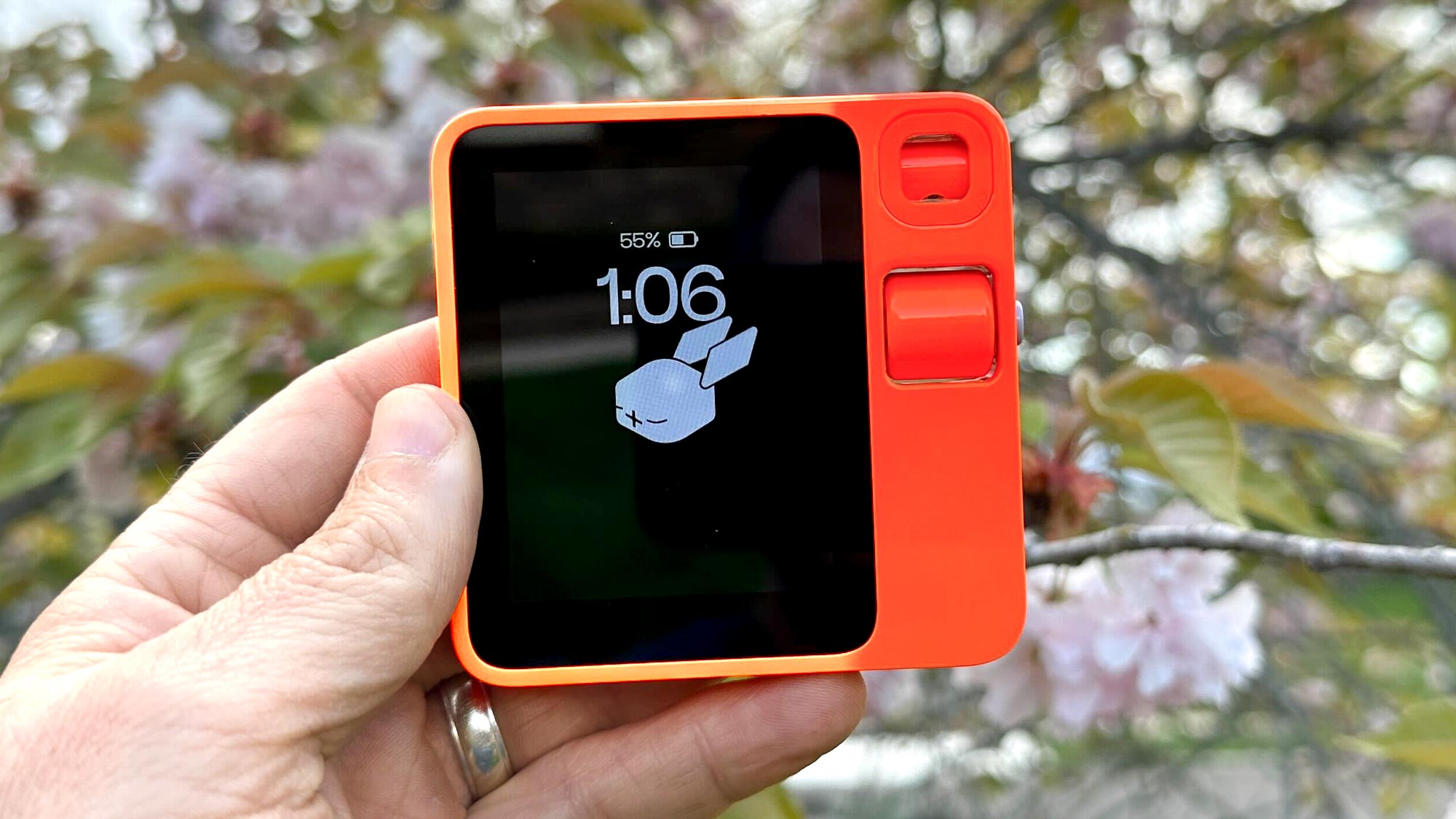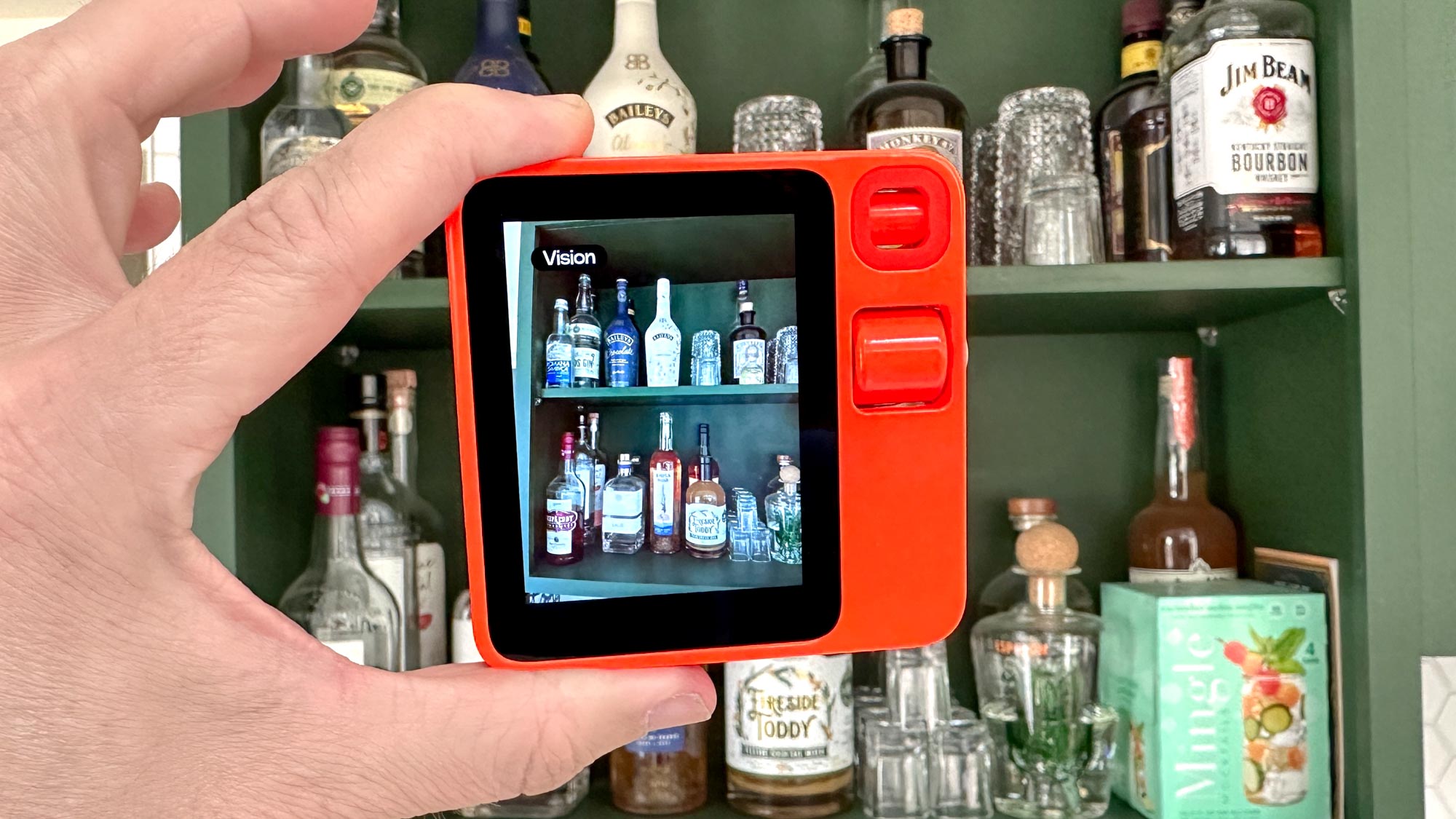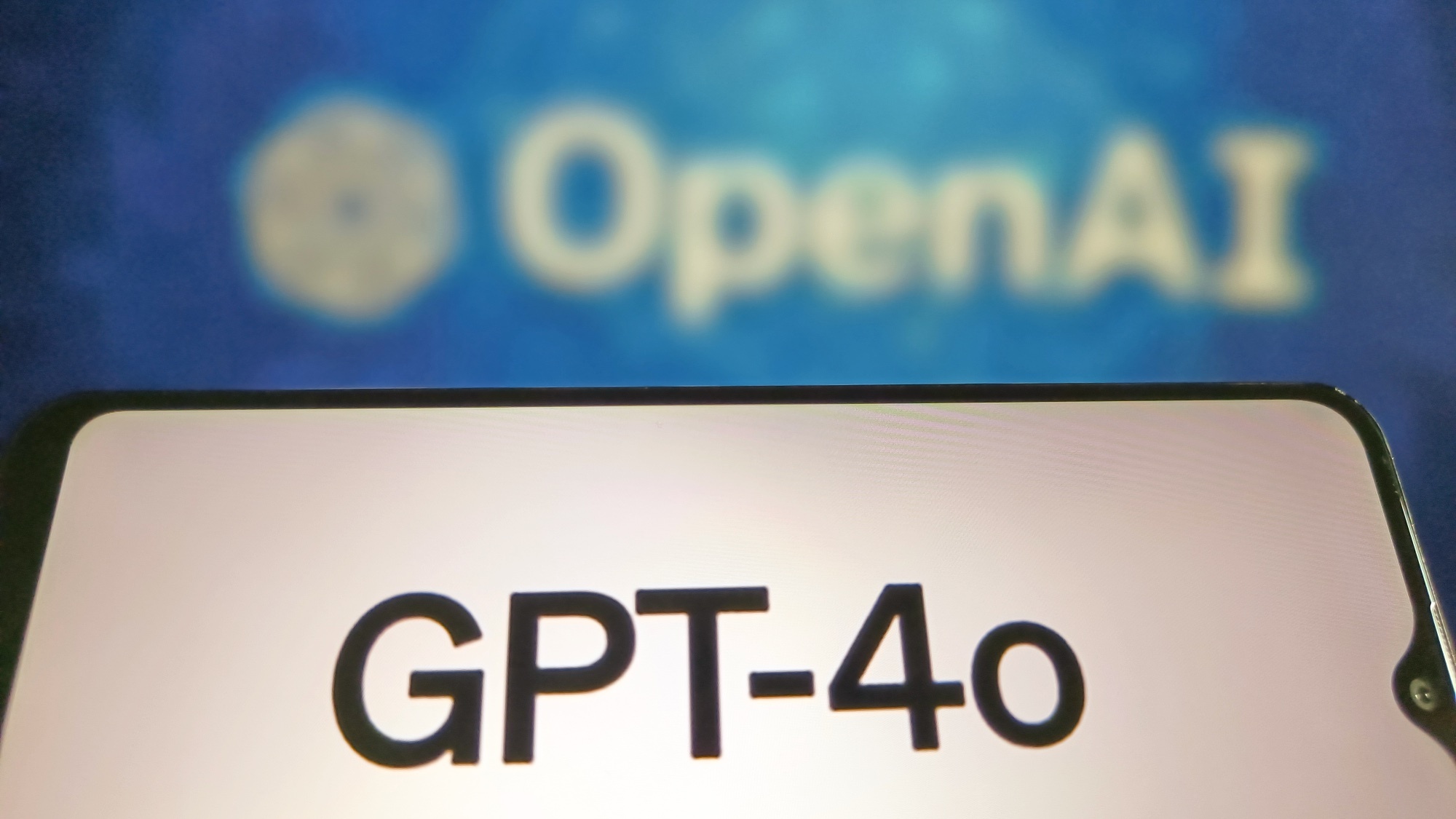
When it comes to the likes of the Humane AI Pin and Rabbit R1, one question is common: Why is this a separate device? The core functionality could just as easily be a smartphone app (and, in Rabbit’s case, it kind of is).
But in one swift blow, OpenAI singlehandedly shot these two devices down with GPT-4o. And sure, both Humane and Rabbit have announced that this updated version of ChatGPT is available through an OTA update, but the best way to use this assistant is on that device that’s already in your pocket — a smartphone.
Doing everything better

I always thought that Rabbit and Humane launched their products at the time they did to get out ahead of whatever Apple and Google were announcing. But even I didn’t think the response from OpenAI’s Spring Update and Google I/O would be this devastating.
From the rapid flow of conversation and multimodality of GPT-4o to the almost agent-like proactivity of Google Gemini (thanks to the immense amount of data used to train it), these assistants look set to give you everything you could ever want from a smart assistant. AI Editor Ryan Morrison has been testing what OpenAI’s model is capable of.
Meanwhile, let’s look at what is being offered elsewhere. Of course, there’s the promise of a Large Action Model (LAM) from Rabbit which…let’s be honest, it’s not panned out as promised. As you can tell from our test of its key functionality, it doesn’t really take action.
And with the Humane AI Pin, while we haven’t tested this $700 device ourselves, the general temperature taken from reviews is a big old “yikes.” The difference between using these AI-specific devices for assistance and simply using the ChatGPT app on your phone is night and day — the vastly improved power of the device and 5G connectivity means dramatically faster response times for better conversational AI.
What about agents?

That’s not to say that GPT-4o is any more agentic. At its core, this is an enhanced voice assistant with a conversational aspect that feels (to steal a line from CEO Sam Altman) pretty magical. But surely it’s going to happen.
AI agents are the next true step in assistance — to be able to head out and complete tasks online for you by intelligently going to websites and doing things. Clearly, we’re not there yet, but OpenAI is most probably working on this for GPT-5.
Currently, we have an omni model that is a significant leap forward in multimodal AI. But when the next “mode” comes, we’re in for something truly, truly special.
Not dead — just evolving

So, is the AI device category dead? No. I just think the fad of it has gone to pasture and now it's time for companies to take it seriously.
The form factors of both Humane and Rabbit have clearly not been the hits we wanted them to be, but for different reasons. First, the AI Pin seems to be an overheating, slow device that underdelivers on the distraction-free vision the team had. And second, the R1 is at least a lot cheaper, but with it comes another screen that is unnecessary when your smartphone is right there.
Honestly, I think Meta is on the right track with its Ray-Ban Smart Glasses. The image-based AI functionality helped me so much during my time in Costa Rica, and implementing assistance into your regular wearable tech seems to be the right direction.
We will probably see even more wacky devices dressed up to the nines for AI like these two, but remember one thing — if ever you see one, really question whether having that thing will be better than the phone you already have.







